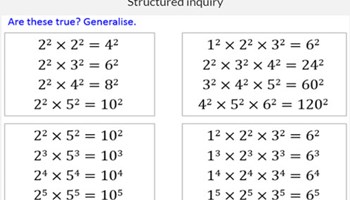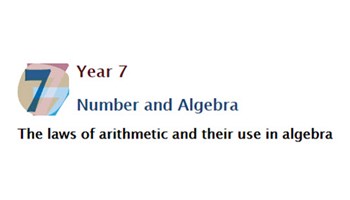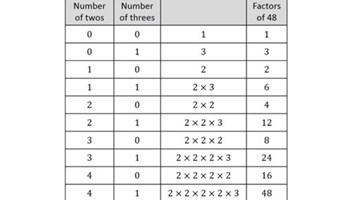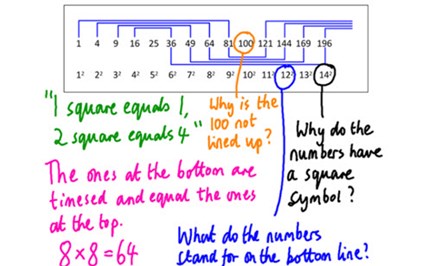Please note: This site contains links to websites not controlled by the Australian Government or ESA. More information here.
Index patterns
Students begin this lesson sequence by discussing the number line, ensuring students understand its use. Then students are introduced to exponents both negative and postive, observing how this can alter an answer. Students work collaboratively identifying patterns when changing the power and the base. Students then move on to cube numbers completing similar tasks.
Additional details |
|
| Year level(s) | Year 8 |
|---|---|
| Audience | Teacher |
| Purpose | Content knowledge, Student task, Teaching resource, Teaching strategies, Planning support |
| Format | Downloadable resources |
| Teaching strategies and pedagogical approaches | Collaborative learning, Differentiated teaching, Explicit teaching, Feedback, Questioning, Setting goals, Structuring lessons, Worked examples |
| Keywords | powers, base, cube, integers, indices, negative, postive, exponent, squares |
Curriculum alignment |
|
| Curriculum connections | ICT general capability, Numeracy |
| Strand and focus | Number, Build understanding, Apply understanding |
| Topics | Indices, Operating with number, Patterns and algebra, Addition and subtraction, Multiplication and division, Place value |
| AC: Mathematics (V9.0) content descriptions |
AC9M8N02
Establish and apply the exponent laws with positive integer exponents and the zero-exponent, using exponent notation with numbers |
Copyright details |
|
| Organisation | Inquiry Maths |
| Copyright | © Andrew Blair 2012-21. Creative Commons BY-NC-SA 4.0. |
Related resources
-

The product of squares
Investigate and use square roots of perfect square numbers. Using index notation with numbers to establish index laws with positive integral indices and the zero index.
Resource details -

Laws of arithmetic
Extend and apply the laws and properties of arithmetic to algebraic terms and expressions.
Resource details -

Factors and primes
The process of making connections between factors and prime factors.
Resource details -

Averages
A lesson sequence that involves students determining the meaning of median, mode, mean and range from a list of data.
Resource details
